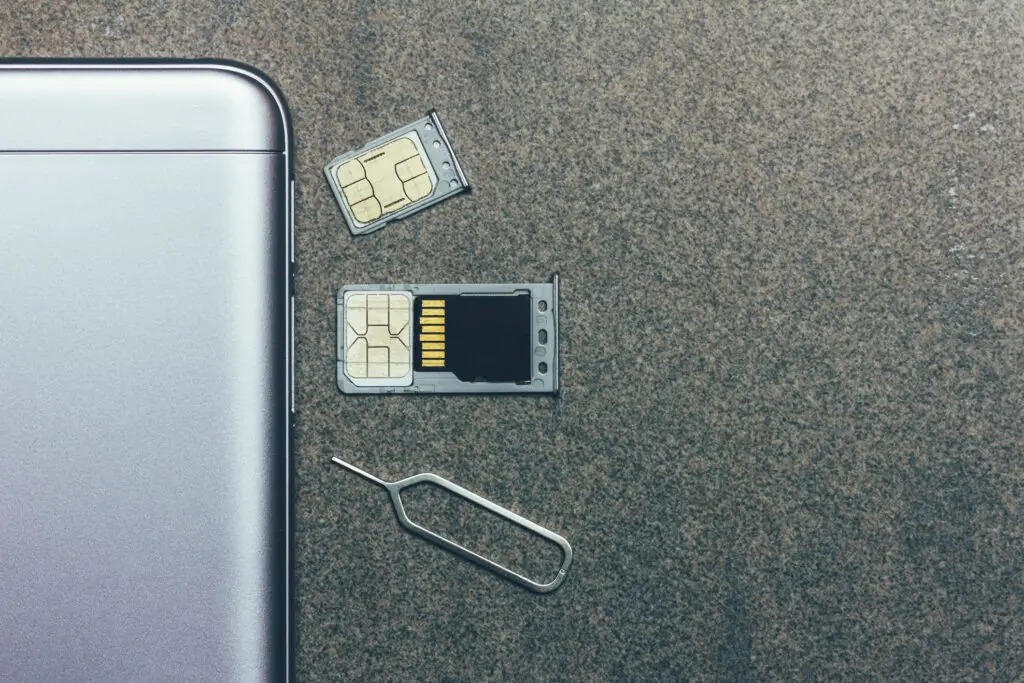With so many different types of computer-related chips, it's no wonder all the names become confusing. But two removable chips in your smartphone get the most questions. So, what is the difference between SD and SIM cards?
An SD card stores data, while a SIM card identifies a cellular device on a mobile network. The two chips may share the same ejectable tray but connect differently once inserted into a smartphone. SIMs can only be used in mobile phones, while SD cards can be used in various devices.
You're not alone if you're curious about what these two chips do. Read on.

Why Do Smartphones Have SD Cards?
A Secure Digital or SD card is used to increase the storage of a smartphone. Generally, this chip is inserted by users to store extra photos, videos, and other files outside the phone's primary memory, leaving room for apps. SD cards also allow for transferring files quickly onto other devices.
Adding more storage is especially useful to those with older smartphones with limited internal memory space and/or limited data plans for cloud storage. The extra memory was crucial for earlier smartphones.
However, smartphone manufacturers have started removing SD card support in newer models as people record more and higher resolution photos along with longer videos.
Why Phones Are Phasing Out SD Cards?
Smartphone manufacturers are phasing out SD cards as memory prices have fallen. Customers prefer the convenience of built-in memory. On-board storage is faster and more reliable than SD cards, requiring less physical space to support the removable chips.
Additionally, the ubiquity of cheap cloud storage and connectivity of free WiFi and inexpensive data plans is changing the utility of SD cards.
In the past, phone owners used SD cards to transfer and back up data. But today's users synchronize their data with cloud storage or plug in USB thumb drives to transfer data between devices.
No matter what your smartphone uses for data storage, if you have a mobile data plan, you use another kind of chip, a SIM card.

What Does A SIM Card Do?
A SIM card is used to access cellular services on a smartphone, tablet, or cellular-enabled smart watch. The chip stores and transmits unique information that identifies the device to the cellular operator. A SIM card links to a unique service account and can be swapped by the carrier if needed.
In the past, a SIM card was also used to store your contact list. However, as users' contacts lists grew, SIM storage became insufficient and is no longer used by most mobile phones.
Instead, most smartphones back up contacts to cloud storage like iCloud or a Google account.
Like removable SD cards, cell phone manufacturers are gradually transitioning away from removable SIM cards to a new type of chip.
Are SIM Cards Necessary?
A Subscriber Identity Module or SIM card is required to connect to a cellular service provider. Currently, most phones use a removable SIM chip. Newer mobile devices are transitioning to embedded subscriber identity modules or eSIMs, which use less physical space and are more convenient to activate.
I tested activating service with an affordable eSIM cell provider. The process is smooth and doesn't require me to buy or have mailed a physical SIM card.
The lesson here is as more chips are embedded into our devices, the less we'll need to worry about the differences between each card.
It's easy to see a future where devices have all the storage and communications required for the lifetime of our mobile devices.